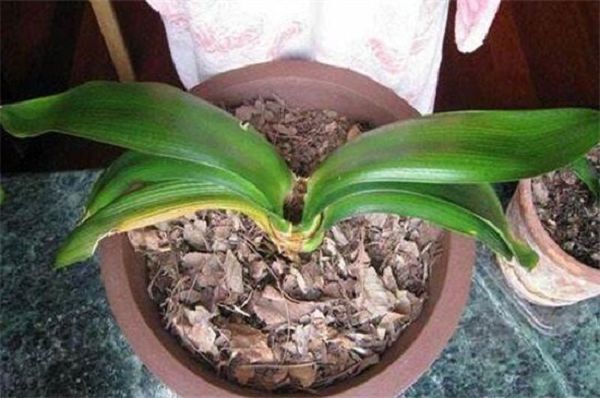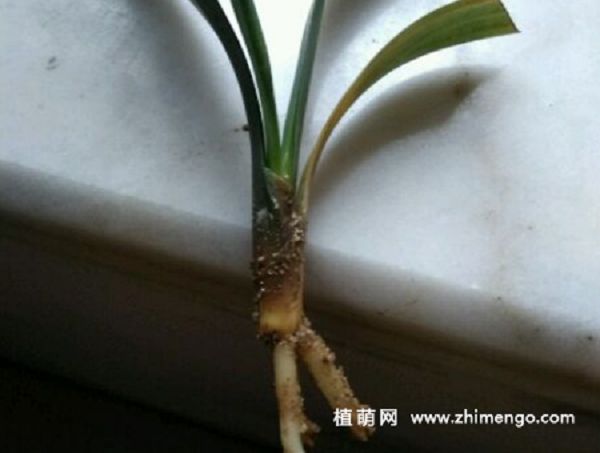How to deal with rotten leaves of Cymbidium

Magnolia is a common family potted plant, which should be treated in time when rotten leaves appear, sandy soil should be reprepared if the soil is inappropriate, astigmatism should be maintained if there is too much light, and soil moisture should be kept moist if there is too much water. if the temperature is too high, it is necessary to take measures to cool down and keep warm.
1. Redistribution of soil
Magnolia is a common family potted plant, which not only has a high ornamental, but also plays a good role in purifying the indoor air. Well, when it is best, we should first rearrange the soil. It is best to choose rotten leaf soil, river sand, and cinder according to the proportion of 3:1:1, and then put some small stones at the bottom.
2, reduce the light due to the gentleman orchid's requirement for light is not very high, about 4-5 hours of light every day, if the strong light or long-term exposure, resulting in leaves can not carry out effective photosynthesis, rotten leaves withered phenomenon, it is best to cut off the rotten leaves in time, put in ventilation to maintain astigmatism environment for maintenance.
3. Reduce moisture because the root of the magnolia plant is fleshy, which contains a lot of water, so there is no need to water frequently in the process of conserving the orchid. If too much water leads to stagnant water in the basin soil and causes rotten roots, it is necessary to stop watering in time. Usually nursing should adhere to the principle of watering as soon as it is dry and keep the basin soil moist.
4. Reduce fertilization
If the fertilizer is too large or very thick will also lead to root burning phenomenon, so that the leaves can not absorb nutrients and rotten leaves, when this phenomenon occurs to reduce fertilization in time, it is best to apply a thin fertilizer solution every other month, and then pour in a small amount of water to mix.
5. The best temperature for the growth of cool and warm Cymbidium is about 18 ℃ ~ 28 ℃. If the temperature is higher than 30 ℃ in summer, the water evaporation of the leaves is faster, which affects the photosynthesis of leaves and the phenomenon of rotten leaves. It is best to put it in a cool place or spray the leaves to increase humidity, and put it indoors to increase temperature and prevent cold in winter.
6. Disease and pest prevention
If the orchid is harmed by diseases and insects in the growth process, it will also lead to the phenomenon of rotten leaves. Because the pests mainly absorb the sap from the leaves or stems, resulting in poor leaf growth and rotten leaves wilting. It is best to disinfect the basin soil from time to time, and then spray pesticides in time to cut off the branches of diseases and insect pests and strengthen the circulation of the air.
Related
- Is the orchid suitable for indoor use? Is it good for the body?
- How to prevent the empty root of orchids?
- What to do after the crab claw orchid is withered?
- Why are the leaves of orchids always yellow? Fertilizing and watering.
- Can the root of the gentleman orchid be saved if it is rotten?
- Diagnosis and treatment of cotton-blowing beetle insects in Cymbidium
- There is a way for a gentleman's orchid to rot.
- What is the most suitable temperature and humidity for the orchid?
- How to raise a gentleman's orchid? Cultivation techniques of Cymbidium
- How to prepare the nutritive soil for the cultivation of Cymbidium



